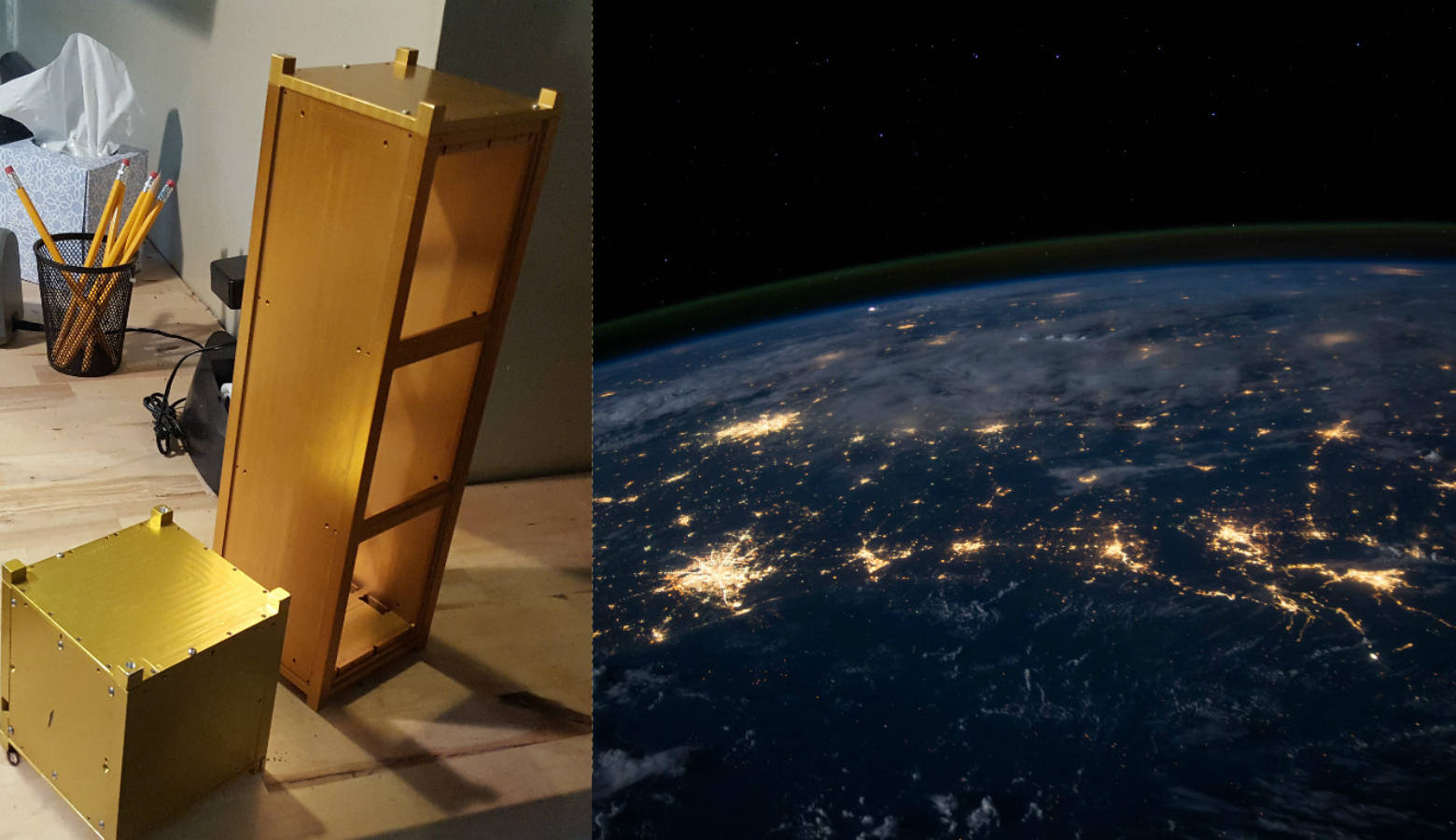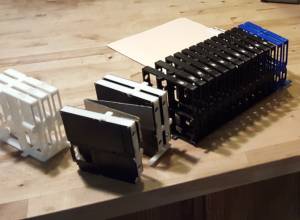Science Projects In Space: Upland Company To Launch Tiny Satellite With Student-Made Software

A Grant County company will be making a big impact in outer space by launching something small – as in, the smallest satellite ever made. As IPR’s Tony Sandleben reports, NearSpace Launch of Upland will soon be bringing space directly into classrooms.
“This is unprecedented. This is the smallest satellite ever made being launched in the largest constellation ever launched. So it’s a lot of firsts.”
That was Matt Orvis, a project engineer with Upland’s NearSpace Launch.
“We just demonstrated it at a seminar with NASA this past week and they were flipping out and were clamoring to get it for themselves and fly their own research on it and stuff like that.”
He’s talking about the ThinSat, a small satellite that, like most satellites do, will send the data it collects back to Earth. This data, however will be livestreamed directly to students computers at participating schools.
More on that in a minute.
What makes this satellite even more unique where its tiny footprint will let it go.
“With CubeSats or with ThinSats, they’re actually small enough and dense enough, that they can orbit at lower altitudes without burning up so they can orbit consistently and get weeks and weeks of data, orbital data in a region that no one’s ever been able to orbit in.”
Extreme low Earth Orbit is 100 to 350 kilometers above the Earth’s atmosphere. It’s an area that’s never been studied in detail before. Traditional satellites are too big and tend to deorbit and burn up at that level. Rockets and shuttles go through that region so quickly that they only collect a minimal amount of data.
Orvis says this is unchartered territory.
“What’s the coupling between outer space and Earth and the coupling between the sun’s energy and Earth, and ions and electrons cascading down to Earth. What’s going on in this region that’s causing the differences that we see? We don’t know, so that’s what we’re going to be finding out.”

Student science experiments and software will go inside the satellite that could look like these 3D print models. (Photo: NearSpace Launch)
It’s those questions that students will get to help with, too. Participating middle schools and high schools will be designing the software that the NearSpace Launch satellites will use in space to collect the desired data. Orvis says the schools will determine what they hope to find.
“We would develop the brains of it that make it function, so it’s basically a blank satellite that works, but it that doesn’t do anything. They would then take it and make it actually do something. So they would build some sort of payload or sensor system or some cool experiment that they want to run. It basically puts their science experiment in space.”
Another benefit to a mini satellite, says NearSpace Launch President and Chief Scientist Hank Voss, is that it miniaturizes the cost of sending it up into space. The ThinSat costs just one percent of a normal-sized satellite launch.
“Anytime you can miniaturize something and…reduce the cost by two orders a magnitude, it’s a big, big improvement so students are excited. Science researchers are excited to explore this unknown region of the atmosphere, which is huge from about 100 kilometers or about 60 miles up to about 200 miles that’s never been really explored so we’re really doing some neat research in that area as well.”
Orvis said the software designed by the students will be tested on high altitude balloons before they get launched into space. The ThinSats are scheduled for launch in the fall of 2018 from Wallops Island, Virginia.
